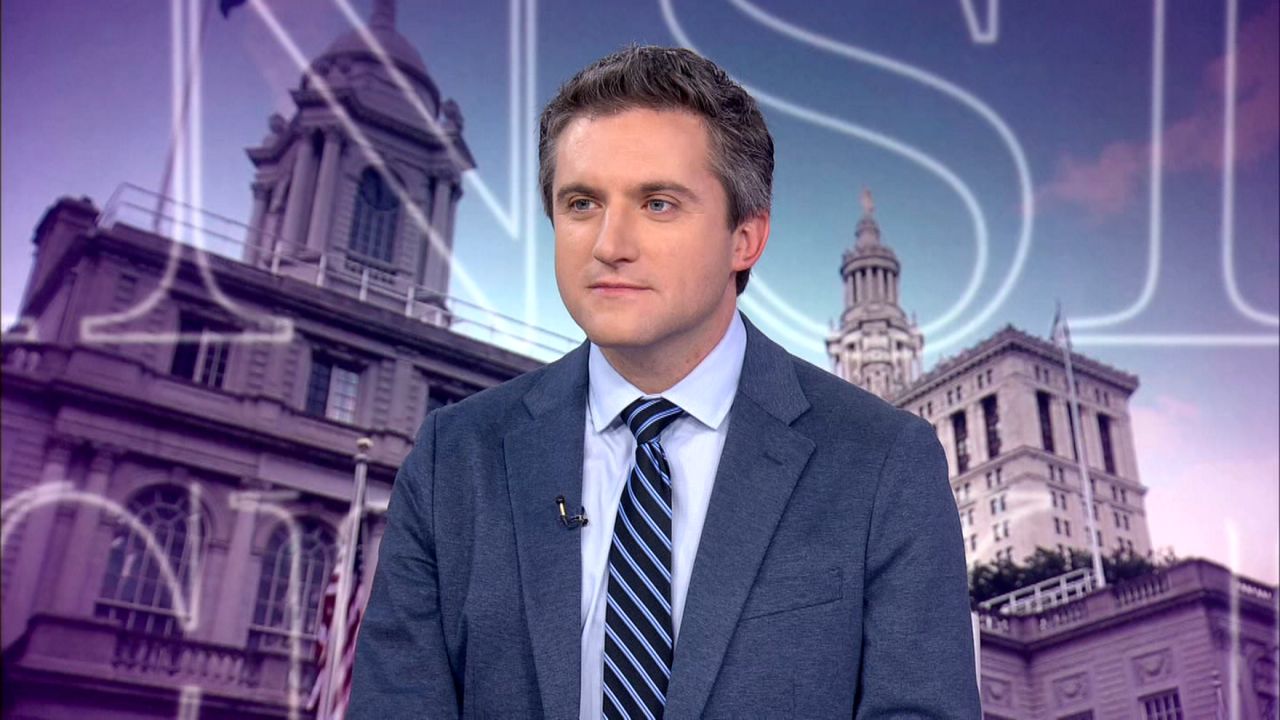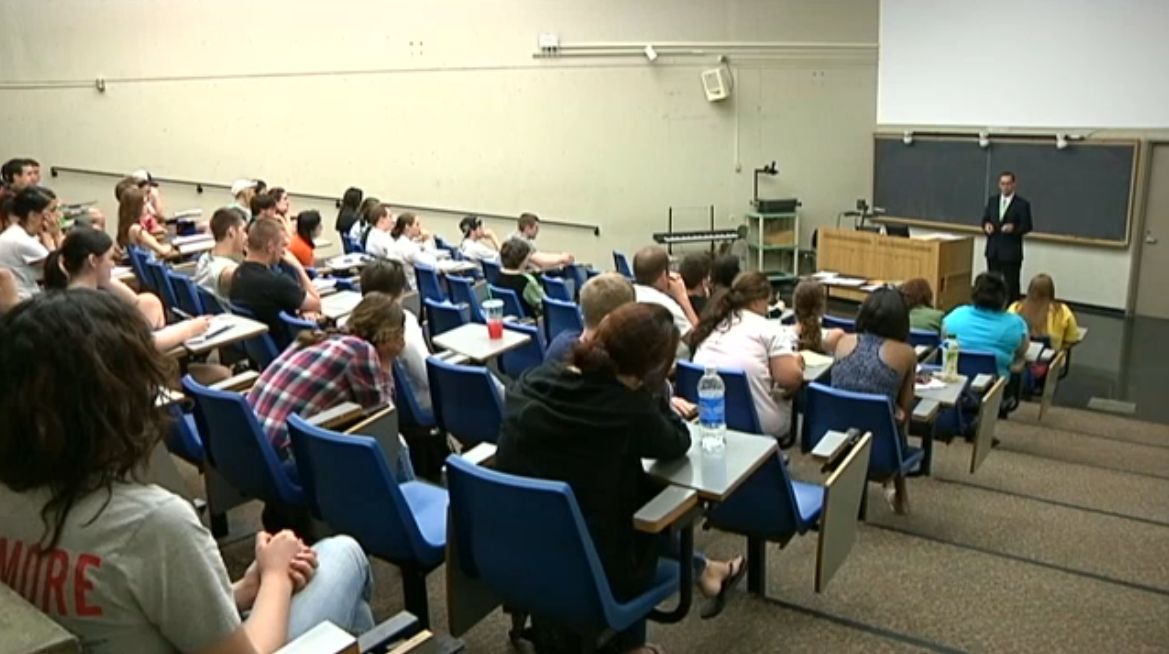Reading between the lines of contemporary articles in the New York Times, it appears the 1973 election for chief judge of the New York State Court of Appeals was one between the status quo and a status-seeker.
Charles Breitel was the status quo. A sitting associate judge on the state’s highest court, Breitel was a man described by the Times as “short, tidy, self-contained.” On election night, he wore a “black suit, gray vest, gray tie." He was a man who “spent 23 of his 64 years as a judge.”
The status seeker was Jacob Fuchsberg, a self-made attorney whose bread and butter was negligence cases and who “won a measure of fame” in an adoption case that made news headlines. He also represented newspaper reporters who sought access to a closed trial.
On election night, Fuchsberg is described by the Times as wearing “a dark blue suit and a clashing purple tie.” Fuchsberg was perceived as an upstart who spent upwards of $500,000 on advertising to win an election for chief judge – something that wasn’t done at the time.
Here’s one television ad from the election that supporters of Breitel paid for.
While voters elected judges to the Court of Appeals, according to the New York Times, the tradition had been to confer the power onto the next senior associate judge so the eminence of the court wasn’t sullied by politics, or at least didn’t seem to be (at least that had been tradition since 1926 when Benjamin Cardozo ascended to the top job).
Fuchsberg upended that gentleman’s agreement, something that rankled the New York City Bar Association, which came out strongly against his candidacy the following year.
“If the court is to be protected against election of unqualified members, the voters must be encouraged in every proper way to cast their votes for well‐qualified candidates and to avoid having the unfortunate result of the primary dilute the quality of our highest court.”
While Fuchsberg lost to Breitel in 1973, he won a seat on the court in 1974, in spite of the Bar Association’s criticism. He was, for a second time, decidedly not the establishment’s choice.
Instead, Gov. Malcolm Wilson, a conservative Republican, appointed Justice Harold Stevens, an African American and a liberal Democrat, to fill the interim vacancy.
In the words of former Chief Judge Sol Wachtler: “At the time of his appointment, Justice Stevens was Presiding Justice of the Appellate Division, First Department, and was a strong advocate for using trade unions as a way to improve the quality of life for African Americans. As members of the Court of Appeals, we were delighted when Judge Stevens was endorsed for election to a full term — not only by the leaders of the Republican and Democratic Parties — but also by the leadership of the Conservative and Liberal Parties. All of us on the court were certain he would be elected to a full term. We were wrong. Despite being endorsed by every political party, he lost a Democratic Party primary and, as a result, lost the election.”
There were multiple reasons for Stevens’ loss, but the primary culprits were undoubtedly racism and the intrusion of partisan politics, which… “…led every member of our court, and the leadership of the Democratically-controlled New York State Assembly and the Republican controlled New York State Senate, to advance an amendment to our state constitution that would place the nomination of judges to our Court of Appeals beyond the reach of such “progressive” or “conservative” lobbying groups,” wrote Wachtler.
Stevens’ loss has been described as the straw that broke the camel’s back. It prompted then-Gov. Hugh Carey to create a “Task Force on Court Reform” chaired by Cy Vance, Sr., which came to be known as the Vance Commission.
On December 23, 1974, the Vance Commission issued a report to the governor on “Judicial Selection and Court Reform.” That report, written by such luminaries as Vance, Ruth Bader Ginsburg and Mario Cuomo, concluded that Carey’s administration should give “top priority” to court reform in order to “restore public confidence” in the judiciary and “assure the high caliber judicial system to which New Yorkers are entitled….”
That recommendation ultimately led to the introduction and passage of the constitutional amendment creating the Commission on Judicial Nomination.
While Senate Majority Leader Andrea Stewart-Cousins has indicated that she wants to scrap the commission altogether, Judiciary Committee Chair State Senator Brad Hoylman-Sigal says he is eager in the shorter-term to see greater transparency from the commission.
“There are changes we can make statutorily, and that’s something that we’re going to be looking at in the nearer term,” Hoylman-Sigal said.
Eliminating the commission would require a change to the state’s constitution, which is a burdensome process. Bill language would need to be passed by two consecutively-elected legislatures, and then sent to the voters for a referendum.
“I think we need a re-think,” Hoylman-Sigal told Capital Tonight. “I think it would be much simpler if the governor was just able to choose his or her candidate as the president of the United States is able to do.”
Multiple bar associations across the state have weighed in critically on the possibility of scrapping the Commission on Judicial Nomination.
The New York City Bar issued a statement that said, in part: “Rushed consideration of a sweeping proposal that would undo a constitutional amendment and that implicates the independence of our State’s highest court is extremely ill-advised.”








